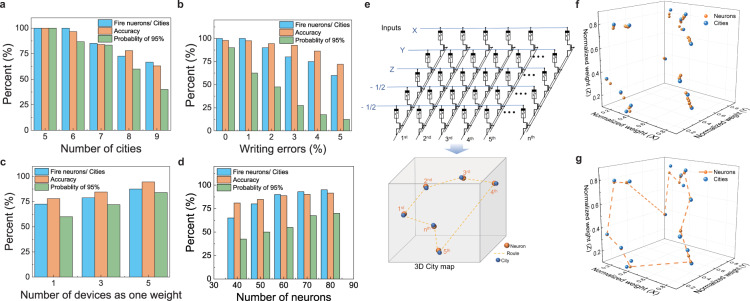Fig. 4. Optimization of memristor-based SOM for TSP.
a Result of the different number of cities (from 5 cities to 9 cities) TSPs with memristor-based SOM of 20 neurons. The number of cities increase, the complexity of the problem increases, and the accuracy would decrease. The SOM can perfectly solve the 5-city TSP. With the increase of the number of tested cities, the number of cities that cannot be distinguished increases. And the accuracy and the P95% decreases to 68% and 36% simultaneously. b The impacts of the writing errors, a 20-city TSP with a 4 × 70 array, are simulated. The acceptable shortest route can be achieved with 0% writing error. With the increasing of wring error, the ratio between the firing neurons and the cities is decreased. And the accuracy and P95% decrease to 75% and 13%with a 5% writing error. c Experimental result of using multiple (3 and 5) devices to represent one weight in 20 neurons SOM for 8-city TSP problems. Using more devices can decrease writing errors and increase accuracy and probability. d A 20-city TSP was solved in simulation to show the effectiveness of increasing the number of output nodes. With the increasing number of nodes, the ratio between firing nodes and cities is significantly increasing, whereas the accuracy and probability are simultaneously increased. e–g To show the potential of solving the complex problem of our system, a 15-city 3D-TSP is tested with 5 × 45 array. e The city map in 3D space, and the weight map of all neurons after training in city map. f Testing result of 15-city 3D-TSP. The blue dots represent the position of the cities. Orange dashed line is the shortest route in 3D space determined by sorting the winners when applying different cities into the SOM.

